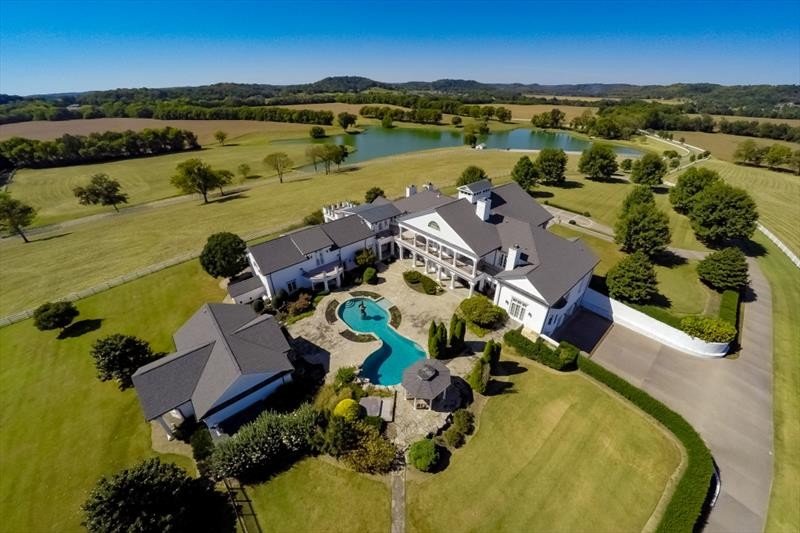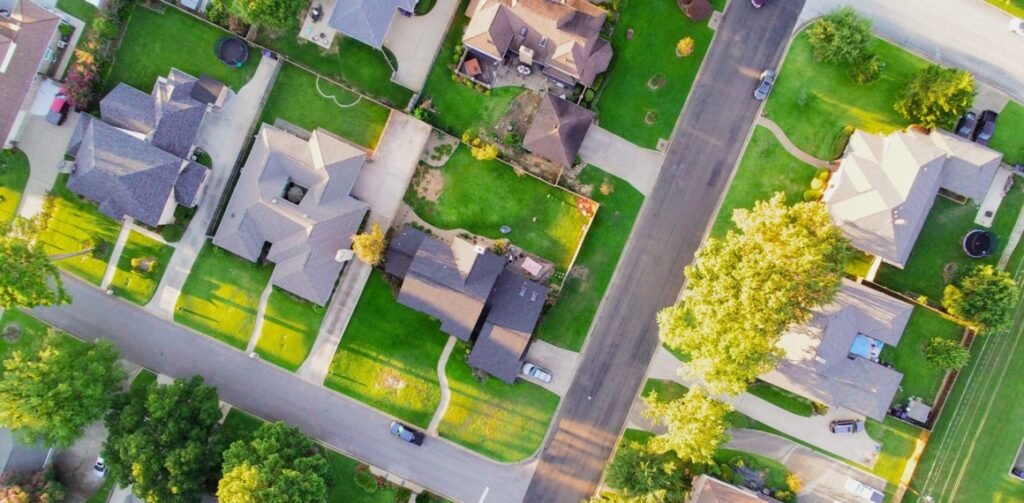In the highly competitive world of real estate, standing out is crucial. One innovative technology that’s making a significant impact is drone photography. Drones provide a unique perspective that can enhance property listings, offering potential buyers a comprehensive view of the property and its surroundings. Here’s a look at the role of drone photography in real estate and how it benefits both sellers and buyers.
Provide Unique Aerial Perspectives
One of the most significant advantages of drone photography is the ability to capture unique aerial perspectives. Traditional photography is limited to ground-level shots, which can sometimes fail to showcase the full extent of a property. Drones can fly high above and around the property, capturing sweeping views that highlight the layout, landscaping, and surrounding area. These perspectives can give potential buyers a better understanding of the property’s size, location, and features.
Showcase Property Features and Surroundings
Drone photography can effectively showcase a property’s features and its surroundings. For example, a drone can capture aerial shots of a large backyard, swimming pool, or nearby amenities such as parks and schools. These images provide context and help buyers visualize the property’s location and its relation to the surrounding area. Highlighting these features can make the property more appealing and provide a competitive edge in the market.
Create Engaging Marketing Materials
Aerial drone footage can be used to create engaging marketing materials. High-quality images and videos captured by drones can be incorporated into property listings, social media posts, and promotional videos. These materials can captivate potential buyers’ attention and generate more interest in the property. In addition, drone footage can be edited to create virtual tours, giving buyers a comprehensive and immersive experience of the property without needing to visit in person.
Enhance Visual Storytelling
Drone photography enhances visual storytelling, making property listings more dynamic and compelling. By incorporating aerial shots into the marketing strategy, real estate agents can tell a more complete story about the property. For example, a drone can capture the property’s approach, the surrounding neighborhood, and nearby attractions, providing a narrative that helps buyers connect with the listing on an emotional level. This storytelling aspect can be particularly effective in luxury real estate, where the lifestyle and location are significant selling points.

Improve Listing Appeal and Engagement
Properties with drone photography tend to stand out in listings, leading to increased engagement. Aerial shots are eye-catching and can make a property listing more memorable. Potential buyers are more likely to click on and spend time viewing listings that feature high-quality drone images and videos. This increased engagement can lead to more inquiries and, ultimately, faster sales.
Offer Competitive Advantage
Incorporating drone photography into real estate marketing provides a competitive advantage. As more buyers become accustomed to seeing aerial shots in property listings, those without drone footage may seem less appealing. Real estate agents who use drone photography can differentiate themselves and their listings from the competition, positioning themselves as innovative and forward-thinking.
Legal and Safety Considerations
While the benefits of drone photography in real estate are clear, it’s important to consider legal and safety aspects. In many regions, drone operators must adhere to specific regulations, such as obtaining necessary permits and following flight restrictions. It’s essential to hire licensed and experienced drone operators who understand these regulations and prioritize safety. Ensuring compliance with local laws and guidelines protects both the property owner and the drone operator from potential legal issues.
Conclusion
Drone photography has revolutionized real estate marketing by providing unique aerial perspectives, enhancing visual storytelling, and creating engaging marketing materials. The ability to showcase property features and surroundings from above offers a significant competitive advantage, attracting more potential buyers and increasing engagement with property listings. As drone technology continues to advance, its role in real estate will only grow, making it an indispensable tool for real estate professionals looking to stand out in a crowded market.

